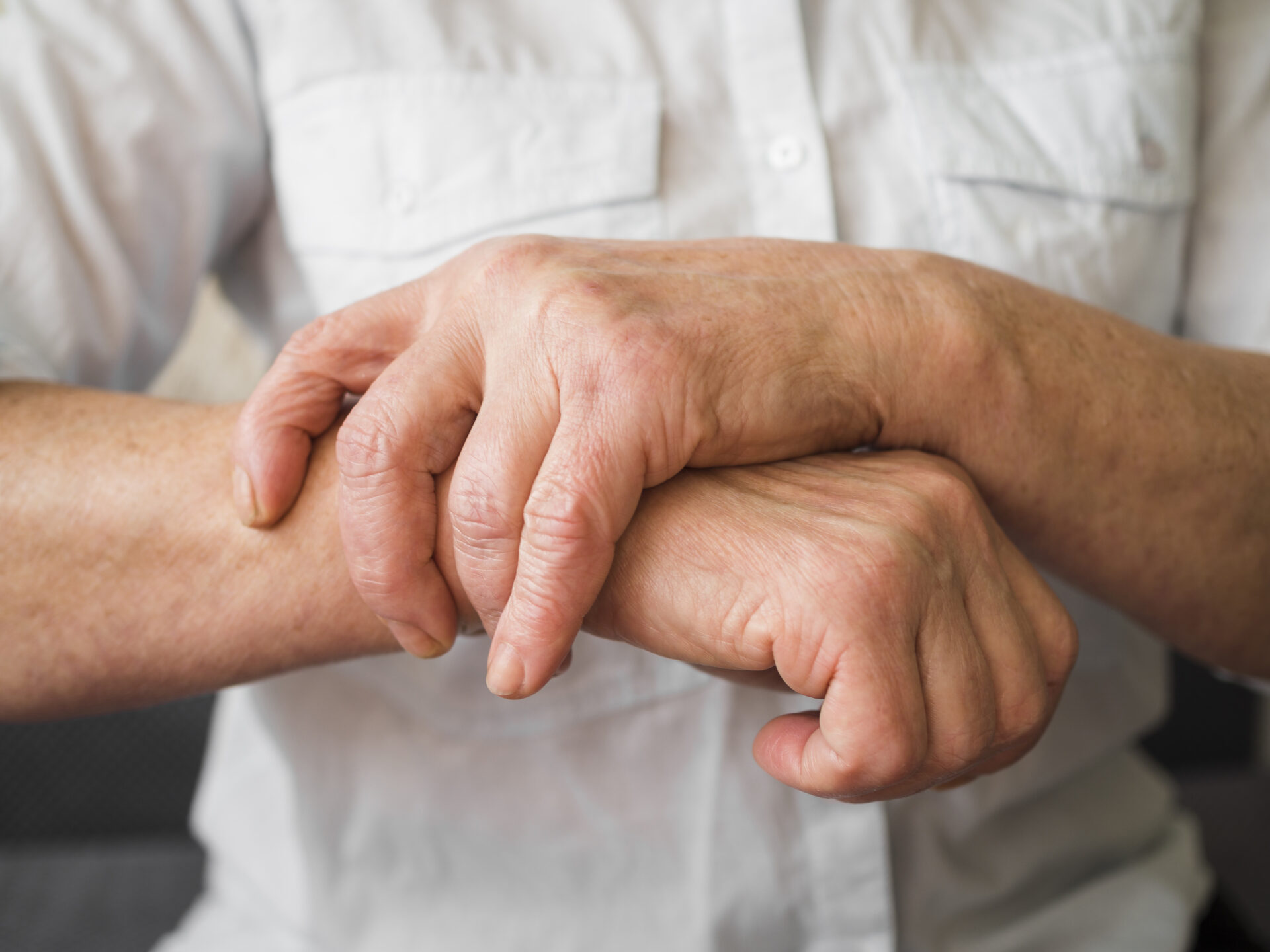Rheumatoid arthritis (RA):
Rheumatoid arthritis (RA) is a chronic autoimmune disease that causes inflammation in the joints, leading to pain, stiffness, and swelling. Unlike the wear-and-tear damage of osteoarthritis, RA affects the lining of your joints, causing a painful swelling that can eventually result in bone erosion and joint deformity.
While the exact cause of RA remains unknown, it’s believed to be a combination of genetic and environmental factors. When someone with RA has a trigger, like a viral infection or smoking, their immune system mistakenly attacks healthy tissues in the joints, leading to inflammation.
Symptoms of Rheumatoid Arthritis:
- Joint pain, stiffness, and swelling: This typically affects the small joints of the hands, wrists, and feet. The pain and stiffness are often worse in the morning and after periods of inactivity.
- Fatigue: This is a common symptom of RA and can be debilitating.
- Fever: This is a less common symptom, but it can occur in some people with RA.
- Loss of appetite: This can be due to fatigue, pain, or inflammation.
- Skin problems: Some people with RA develop red, bumpy patches on their skin, called rheumatoid nodules.
- Eye problems: Dry eyes and inflammation of the eye can occur in some people with RA.
Living with Rheumatoid Arthritis:
There is no cure for RA, but there are treatments that can help manage the symptoms and prevent joint damage. These treatments include:
- Medications: There are many different types of medications that can be used to treat RA, including disease-modifying antirheumatic drugs (DMARDs), biologic agents, and corticosteroids.
- Physical therapy: This can help to strengthen muscles, improve joint flexibility, and reduce pain.
- Occupational therapy: This can help people with RA learn new ways to do everyday tasks.
- Surgery: In some cases, surgery may be necessary to repair damaged joints.
Here’s a real-life example of living with RA:
Jullie, a 35-year-old accountant, was diagnosed with RA when she was 28. At first, she was devastated and thought her life was over. However, she learned to manage her condition with medication, exercise, and a healthy lifestyle. Jullie is now able to live a full and active life.
Tips for Living Well with Rheumatoid Arthritis:
- Get regular exercise: Exercise can help to improve your strength, flexibility, and mood.
- Eat a healthy diet: Eating a healthy diet can help to reduce inflammation and improve your overall health.
- Get enough sleep: Sleep is essential for healing and recovery.
- Manage stress: Stress can worsen RA symptoms. There are many different stress-management techniques, such as yoga, meditation, and deep breathing.
- Stay connected with others: Social support can be helpful for people with chronic conditions.
Conclusion:
Rheumatoid arthritis is a challenging condition, but it is possible to live a full and active life with it. By following your treatment plan and making healthy lifestyle choices, you can manage your symptoms and improve your quality of life.

3 thoughts on “Understanding Rheumatoid Arthritis: Inflammation’s Impact on Your Joints”